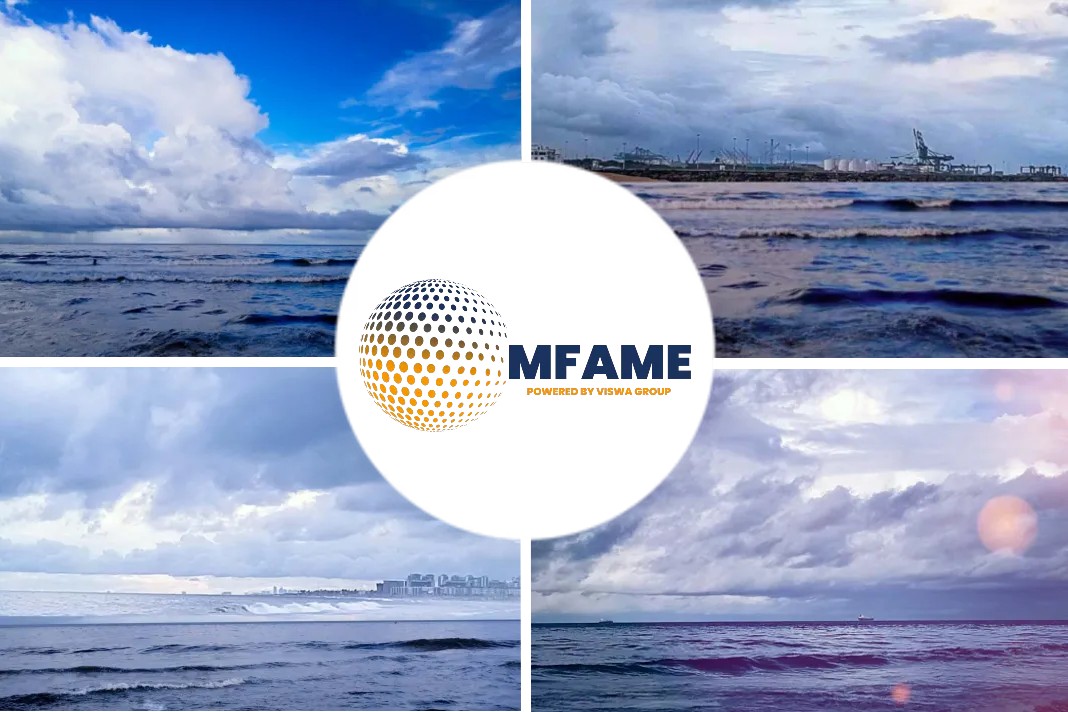A recent news article published in the Riviera states that new high-speed engines to reduce cost of ownership.
New IMO Tier II and EPA Tier 3-compliant high-speed engines
New IMO Tier II and EPA Tier 3-compliant high-speed engines from FPT Industrial and Cummins provide inland and coastal vessel operators with clean, fuel-efficient operations.
Improved fuel efficiency, reduced cost of ownership and increased uptime are the primary areas of focus for marine engine designers in the high-speed engine sector.
Designed for owners of fishing vessels, small tugs and pushboats, ferries and other workboats, these engines must be durable enough to operate in the sandy, muddy and debris-filled inland waterways and harbours.
Careful attention to the engine’s keel-cooling system
This means careful attention must be paid to the engine’s keel-cooling system, which is commonly used on engines that are employed on vessels that operate in these challenging marine environments.
Italy’s FPT Industrial, part of the Fiat Group, and its distributor Frydenbø Industri, unveiled the keel-cooling configuration for its high-speed C16 600 at the recent Nor-Shipping 2022 exhibition in Oslo.
The design was first adopted by FPT Industrial on its N40 250 E, N67 450 N and N67 570 EVO marine engines, which are available for the North American market.
FPT Industrial and it’s view point
FPT Industrial explains that its keel-cooling system is in constant contact with the water, allowing it to efficiently dissipate engine heat and cool it down without the need to circulate saltwater in the engine.
This protects the engine from seawater corrosion, preventing frequent obstruction of the seawater filter and damage to the seawater impeller.
Maximum power of 442 kW at 1,800 rpm
Launched in 2018 a few months after its C 16 1000 engine, the in-line, six-cylinder, common-rail-injected C16 600 has a maximum power of 442 kW at 1,800 rpm and requires no urea-based aftertreament systems, significantly reducing cost of ownership and requiring less space in the engineroom.
It is certified to comply with IMO Tier II and US EPA Tier 3.
Meanwhile, marine engine manufacturer Cummins announced in April that its X15 marine engine is typed-approved under the strictest validation test to meet the safety requirements from class societies, according to Cummins global marine product planning and management leader, Eric Marini. “Classification society certifications are integral to the safety of the commercial marine industry,” he said.
RINA and DNV have approved the X15 engine
ABS, Bureau Veritas, RINA and DNV have approved the X15 engine for use in maritime applications.
First released in the marine segment in Q4 2018, the class-approved engines will be in full production in Q4 2022.
The X15 package can include fuel sensor, gear pressure, temperature monitoring and digital start/stop functionality.
With a power range of 336 kW to 447 kW, these engines are suited for workboat propulsion.
Alternatively, the X15 has constant-speed auxiliary ratings available at 50 Hz or 60 Hz, with 373 kW of power, with the option to pair with an alternator or Stamford AvK unit.
X15 now includes Cummins’ XPI fuel system
Since its initial release, the X15 now includes Cummins’ XPI fuel system.
Cummins says this results in an efficient fuel burn for clean emissions and optimised fuel economy and ensures compliance with IMO Tier II and US EPA Tier 3 emissions standards.
X15 engines can also be paired with Cummins’ PrevenTech Marine solution, an integrated digital application for end-to-end equipment health management.
Did you subscribe to our daily Newsletter?
It’s Free! Click here to Subscribe
Source: Riviera























